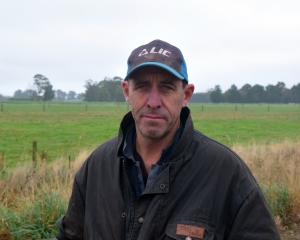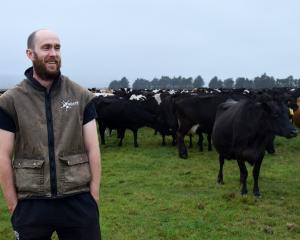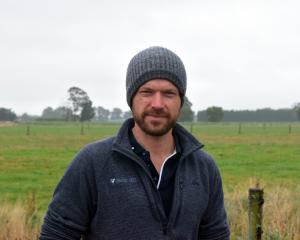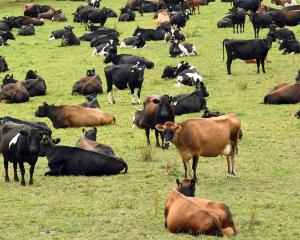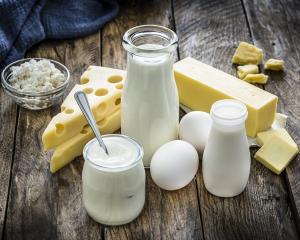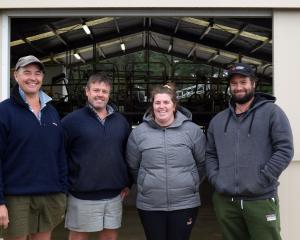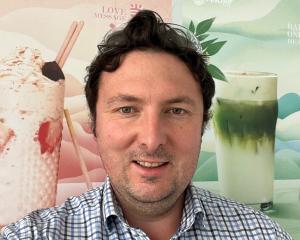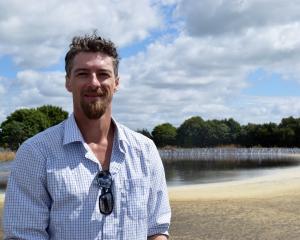New technology is being launched by Ravensdown and Lincoln University aimed at saving huge amounts of water now being used to wash down dairy yards.
The two organisations last week announced new effluent technology they say may significantly lift the dairy sector’s effluent and water efficiency.
Emerging technology ClearTech was designed to cut freshwater use, help existing effluent storage go further and reduce the environmental and safety risk linked with farm dairy effluent, Ravensdown effluent technology manager Jamie Thompson said.
ClearTech showed potential to reduce the environmental impacts of effluent discharge on farms and transform "green water" so it could be confidently reused as yard wash.
About a quarter of a dairy shed’s fresh water use was on yard washing.
"The potential benefits to New Zealand are enormous of safely reusing ClearTech-treated water."
ClearTech was forecast to save 42 billion litres of fresh water a year through the re-use of water for dairy yard washing, Mr Thompson said.
The new technology, which bound effluent particles together in order to settle them out from the water, was installed between the dairy shed and the effluent pond.
ClearTEch automatically monitored and treated effluent circulating in the system. The separation process killed up to 99% of micro-organisms such as E. coli and reduced smell, Mr Thompson said.
About 70% of dairy farmers’ environmental spending went on effluent management. ClearTech would help dairy farmers save money by making their effluent storage go further and help them meet their compliance obligations, Mr Thompson said.
Lincoln University is being represented by Profs Keith Cameron and Hong Di.
The men said in a statement they were encouraged to see the willingness and desire to collaborate from the dairy industry in the development of ClearTech.
Ravensdown chairman John Henderson said dairy farmers he had talked to were determined to work together to tackle issues related to water use.
The new technology was an important step in the sector’s drive to achieve continuous improvement in the sector.
"It is a real example of why Ravensdown exists — to enable smarter farming for a better New Zealand," Mr Henderson said.
ClearTech
The pilot project, which has been set up at the Lincoln University demonstration farm, is the result of detailed work and represents a $15 million investment to date by Ravensdown. It is undergoing rigorous testing in the live farm environment, giving interested farmers a preview of the kind of technology that will be available in the future.
At a glance
• About 25% of a dairy shed’s fresh water use is on yard washing.
• Yard washing requires fresh water or green water.
• Farm dairy effluent is typically 99% water and 1% effluent particles.
• Managing farm dairy effluent is one of the major environmental challenges a farmer contends with.


